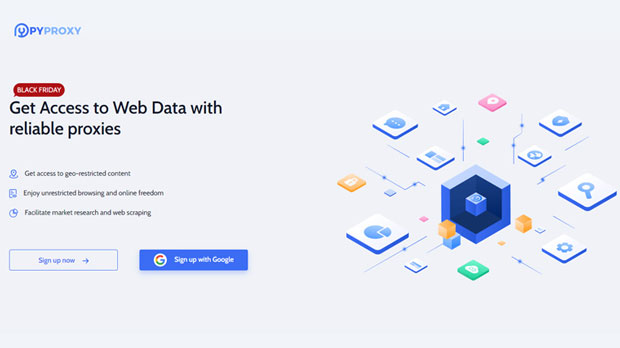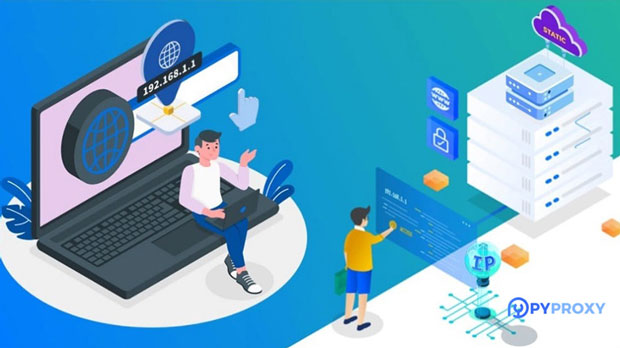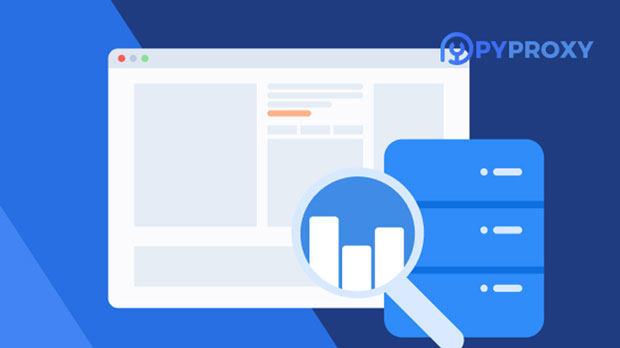Why are free proxy IP addresses usually less privacy-protective than paid services?
In the era of online activity, maintaining privacy and anonymity has become a significant concern for internet users. Many individuals turn to proxy ip addresses to safeguard their data and identity. While free proxy services may seem appealing due to their lack of cost, they often fall short when it comes to protecting users' privacy compared to their paid counterparts. This disparity arises from various factors, including the nature of free services, their infrastructure limitations, and the potential risks they introduce. Understanding these key differences can help users make more informed decisions about which type of proxy service to choose for their needs. The Fundamental Differences Between Free and Paid Proxy ServicesTo understand why free proxy ip addresses provide weaker privacy protection, it is essential to first recognize the core differences between free and paid services. Both types of services act as intermediaries between a user and the internet, masking the user's real IP address and enabling anonymous browsing. However, the way these services are structured and the resources available to them greatly influence their security measures.1. Infrastructure and InvestmentPaid proxy services usually come with a significant investment in infrastructure, maintenance, and operational costs. These services are backed by robust server networks, advanced security protocols, and dedicated customer support teams. This level of investment enables them to offer more reliable and secure protection for their users.In contrast, free proxy services often rely on minimal infrastructure, sometimes using shared servers that may be poorly maintained or overloaded. This lack of resources can lead to security vulnerabilities, as the providers may not have the financial means to implement strong encryption, frequent software updates, or advanced security features. Without these critical protections, users' data becomes more susceptible to cyberattacks and breaches.2. Data Logging and Usage PracticesAnother significant difference lies in how user data is handled by free and paid proxy services. Free proxy services often need to monetize their platforms, which leads them to collect and sell user data to third parties. This may include browsing habits, personal preferences, or even sensitive information. Although this data is typically anonymized, the risks of exposure or misuse remain high.Paid proxy services, on the other hand, typically have stricter data protection policies. They are more likely to operate under legal frameworks that protect user privacy, and they often guarantee no-logs policies, ensuring that no trace of users' browsing history or activities is stored. This makes paid services far more trustworthy for those who value privacy and data security.3. Advertising and TrackingFree proxies often serve as a gateway for advertisers to track users’ online behavior. To compensate for the lack of direct revenue, these free services may inject ads or use tracking mechanisms that undermine users' anonymity. Advertisers can collect valuable data about users’ interests, habits, and online behaviors, which can lead to unwanted profiling or even targeted attacks.In contrast, most paid proxy services offer ad-free experiences and minimize tracking. This reduced exposure to third-party advertising and tracking mechanisms ensures a greater degree of privacy. Without the constant barrage of ads and data collection, paid services protect users from invasive marketing tactics and reduce the chances of privacy violations.4. Security Threats and Malware RisksSecurity threats are another critical aspect where free proxy services often fall short. Since free proxy services are not incentivized to invest heavily in cybersecurity, they are more vulnerable to attacks. In some cases, malicious actors may use free proxies to inject malware into users' devices or steal sensitive information. The risk of encountering phishing websites or malicious scripts is higher when using free proxies, which can compromise a user's device and personal data.Paid proxy services are generally better equipped to combat these threats. They typically offer stronger encryption, frequent security audits, and more advanced protocols like HTTPS, which protect users from phishing attacks, malware, and other cyber threats. Their dedication to maintaining a secure environment reduces the likelihood of data breaches or cyberattacks.5. Performance and ReliabilityWhile not directly related to privacy protection, the performance of proxy services is a crucial factor in their effectiveness. Free proxy services often suffer from slow speeds, high latency, and unreliable connections due to limited server resources. These performance issues can make it difficult to maintain privacy and anonymity during online activities. For example, a slow or unstable connection may prompt users to disconnect, leaving their real IP address exposed.On the other hand, paid proxy services offer superior performance by utilizing high-quality servers, optimized routing, and dedicated bandwidth. This ensures stable and fast connections, allowing users to browse without concerns over performance. Reliable proxies also make it less likely that users will experience connection drops or interruptions, reducing the risks of exposure.6. Customer Support and AccountabilityPaid proxy services typically provide 24/7 customer support, ensuring that users can quickly resolve any issues related to privacy, security, or performance. Whether it's dealing with a connection problem, understanding privacy policies, or recovering from a data breach, customer support teams are available to assist.In contrast, free proxy services often lack comprehensive customer support. Since these services are often run on a tight budget, they may not have the resources to offer timely or effective assistance. This lack of accountability can leave users vulnerable, especially if privacy or security issues arise while using the free service.7. Risk of Malicious Free ProxiesThere are also inherent risks in using free proxy services. Some free proxy providers may not be operating with the best interests of the user in mind. In fact, some free proxy services could be run by malicious entities aiming to collect user data for exploitative purposes. These proxies may monitor users’ activity, record sensitive information, or even inject harmful software into their devices.While paid services are more likely to be reputable and transparent, the free proxy market is less regulated, which increases the chances of users falling victim to fraudulent or harmful providers. The lack of oversight means that users may unknowingly trust a proxy that is actually putting their privacy and data at serious risk.Conclusion: The Tradeoff Between Cost and SecurityWhile free proxy services may appear to offer an attractive option for users looking to safeguard their privacy online, they come with significant risks. These services often lack the infrastructure, security protocols, and accountability necessary to ensure robust privacy protection. In contrast, paid proxy services typically offer stronger privacy measures, more reliable performance, and enhanced security, making them a better choice for users who prioritize their online privacy.Ultimately, the decision between free and paid proxy services comes down to a tradeoff between cost and security. While free proxies may save money in the short term, the potential risks to privacy, data security, and online safety can far outweigh the benefits. For individuals serious about protecting their personal information online, investing in a reliable paid proxy service is often the wiser choice.
2025-02-02
























































